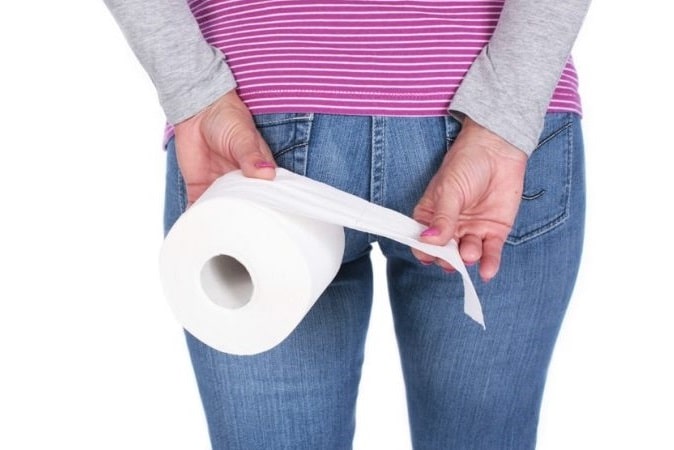Second Medical Opinion
Trust & Confidence
+91 8150000200
Book Appointment
Mon - Sat: 9:00 - 20:30
Appointment timing
Trust & Confidence
Book Appointment
Appointment timing
An anal fistula refers to an aberrant connection between the skin near the anus and the lining of the interior of the anal canal. Anal fistulas are commonly caused by a collection of pus, called an abscess, inside the anal canal. The pus can drain on to the skin on its own or with treatment. The fistula is caused when the pus does not heal properly. This leads to the creation of a narrow tunnel with its external opening in the skin near the anus and internal opening within the anal canal. If the fistula reaches above the sphincter muscles, the patient may also have to undergo a temporary colostomy, but this is rare.

Treatment
Most anal fistulas require surgery since they cannot heal on their own. Non-surgical treatments may alleviate symptoms but are not permanent solutions.
Anal Fistula Surgery
Anal fistula surgery can take several forms, depending on the location of the fistula:
Anal fistula surgery usually takes between fifteen to thirty minutes and is performed under general anesthesia.
If bowel incontinence (involuntary bowel movement) is an issue, the patient may need to go through several operations over a period of months to reduce the risk.
Complications
Normal complications of anal fistula surgery are pain, bleeding, and scarring. More significant complications may be difficulty passing urine, involuntary passing wind or lose motions. Bowel incontinence may be a major factor.
Recovery
Patients may be discharged on the same day or remain under observation for 24 hours. After going home, rest is prescribed for the first few days. You should walk as little as possible. The wound takes several weeks to heal completely and patients may need to wear pads till then.
Again, exercising can help you recover faster. Talk to your doctor about a workout routine that can best facilitate your recovery. Sometimes, the fistula can redevelop.
Dr. Manas Ranjan Tripathy has achieved acclaim in proctology. His areas of expertise are sophisticated minimally invasive laser surgeries for Hemorrhoids or piles, anal fissures, anal fistulas with special expertise in laser Hemorrhoidopexy and recurrent and complex fistulas.